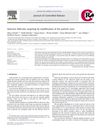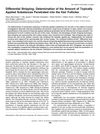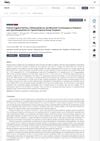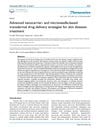Investigation of the Cutaneous Penetration Behavior of Dexamethasone Loaded to Nano-Sized Lipid Particles by EPR Spectroscopy, and Confocal Raman and Laser Scanning Microscopy
December 2016
in “
European journal of pharmaceutics and biopharmaceutics
”
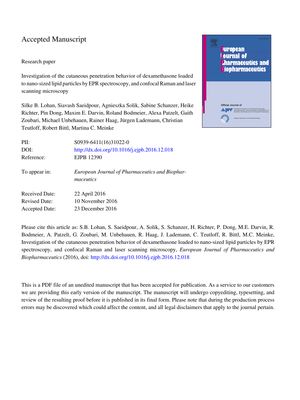
TLDR Nano-sized lipid particles increase dexamethasone's skin penetration and create a reservoir in the skin layers.
The study investigated the skin penetration efficiency of dexamethasone (Dx) when loaded into nano-sized lipid particles (NLP) compared to a conventional base cream. Using electron paramagnetic resonance (EPR) spectroscopy, confocal laser scanning microscopy (CLSM), and confocal Raman microscopy (CRM), the researchers found that Dx loaded into NLP showed more than a twofold increase in penetration into the stratum corneum (SC) after 24 hours compared to just 4 hours, whereas the base cream showed no significant further penetration after 4 hours. The NLP did not release Dx as the base cream did, but still allowed Dx to be detectable in the skin after the SC was removed, suggesting that NLPs penetrated into hair follicles. However, NLPs did not penetrate as deeply into the SC as the base cream. The results suggest that NLPs can enhance the accumulation of Dx in the skin and create a reservoir within the SC and hair follicles, potentially improving the treatment of inflammatory skin diseases.
